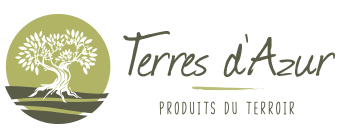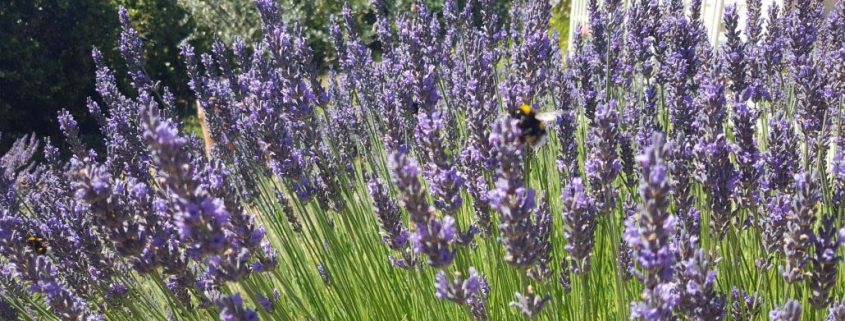Could you distinguish the two species cultivated in Provence: lavender and lavender?
True or fine lavender is the most noble lavender for the quality of its essential oil. It is characterized by a long branch with only one flower spike, and grows in the form of bushes that can grow up to one meter in height. It is spread between 500 and 1500 meters above sea level, on the sunny slopes of the mountains of Provence.
Lavender is a hybrid of true lavender and lavender aspic. It develops easily in a natural environment but it is found mainly in culture. Its branch branched with three ears of flowers makes it larger than fine lavender. Its yield, four times higher than that of true lavender, is widely appreciated. Lavender is used in perfumes and in household products such as soap or detergents. In aromatherapy, it is wonderful as its properties are extensive. She calms insomnia, headaches, wounds and sunburns and insect bites, body aches, sore throat, etc. When you have discovered its many benefits, no doubt you will always have at home!
But it is only in the Middle Ages that one sees appearing the term “lavender”, according to the Latin verb “lavare” which means to wash. Its use was linked to the fight against infectious diseases: the perfume is associated with the therapeutic aspect, because it has long been believed that bad smells spread diseases. At that time, lavender was found in monastery gardens where, combined with other aromatic plants, it was used for medicinal purposes. As for the picking of lavender, it appears from the fourteenth century in texts relating to herbalism.
The city of Grasse will have a decisive role in the history of lavender.
For a long time, Grasse has been an important center of leather treatment. In the 18th century, a new fashion appeared, the perfumed leathers that gave birth to a new corporation: the master perfumers.
The picking of lavender is a complementary activity reserved for small farmers, women and children. The flower is sold to the inhabitants of Grasse as raw material. The collection of lavender will therefore become an important factor in curbing the rural exodus experienced by many similar rural areas. The development of cities and the consumption of perfumes will increase the demand of perfumers in lavender. In the 1920s, the picking of fine lavender reached a maximum importance with Piedmontese worker teams, already employed for other agricultural work.
Between 1925 and 1930, cuttings were needed for lavandin, with selections for the research of plants offering a better yield of gasoline and a better resistance and adaptation to the grounds. It is also during this period that the focus is on mechanization and modernization of culture. Lavender essential oil is no longer used in consumer products, where lavandins and less expensive synthetic products have replaced it. It remains irreplaceable in the two prestigious areas of its history: luxury perfumery and the medical sphere with the development of phytotherapy and aromatherapy. In Provençal gastronomy, lavender is present in terrines, or in marinades of fresh goats. Question sweets, lavender is present in syrup and lavender honey (PGI) is essential.



